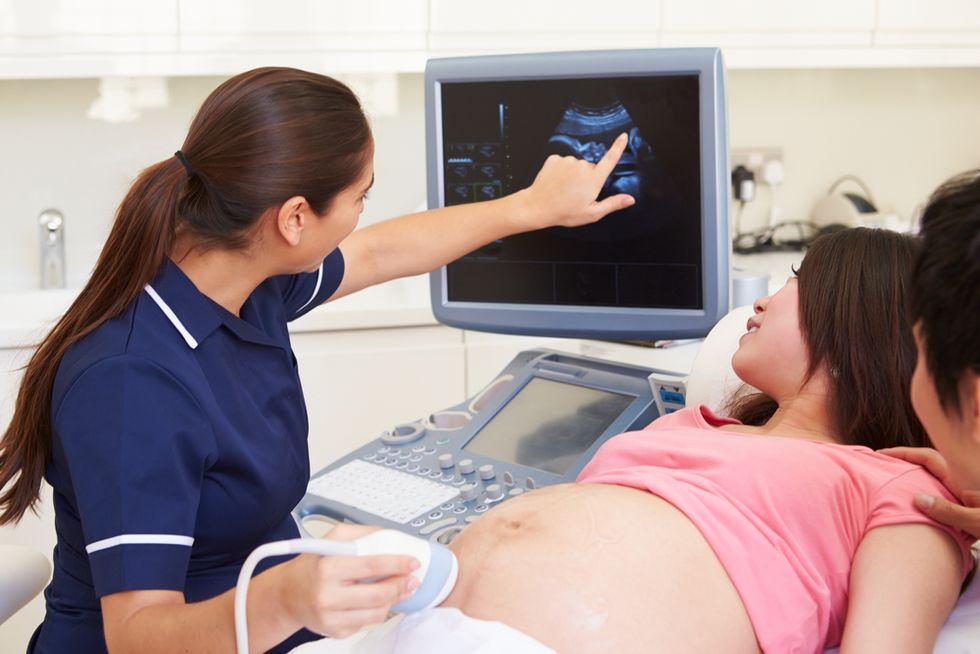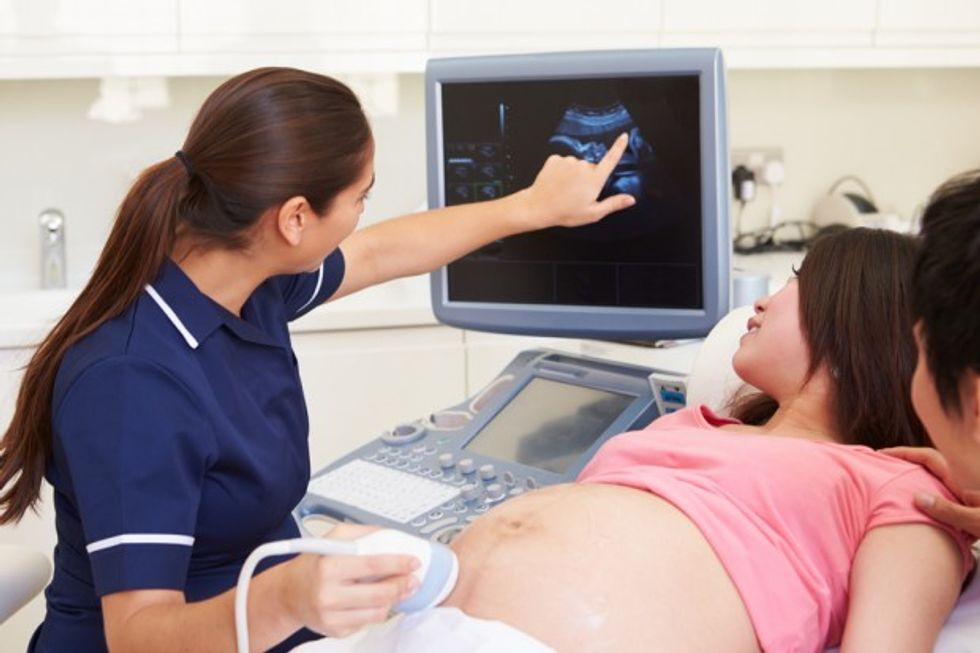
Photo credit: Shutterstock

Every human person's life has been dependent upon a temporary organ that scientists say has received relatively little research to better understand.
That's why the National Institutes of Health announced it would be issuing $41.5 million in funding for a project to study the human placenta.
The placenta is an organ that forms during pregnancy to connect the mother and growing fetus for exchange of nutrients, oxygen and waste.

“The placenta is a fascinating organ, but it’s one of the least understood,” Dr. Alan Guttmacher, director of NIH’s Eunice Kennedy Shriver National Institute of Child Health and Human Development, said in a statement.
Guttmacher said that problems with the placenta can affect the mother and child for the rest of their lives.
"However, despite its important role, the placenta has received comparatively little attention," he said.
Several factors, as laid out by the Mayo Clinic, can affect placental health, such as maternal age, high blood problems and previous placenta problems. The most common problems women can experience with placentas include placental abruption (when the placenta comes away from the uterine wall before delivery), placenta previa (when the placenta forms over the cervix, requiring a cesarean section) and retained placenta (when not all of the placenta is delivered after birth). Other issues can include the placenta ceasing to work before delivery of the baby.
According to the NIH, placental problems have been associated with a higher risk for heart disease in both the mother and child later in life.
“If we can develop technologies to monitor placental health during pregnancy, we should be able to prevent some of these problems from happening,” Guttmacher said. “We hope this funding opportunity will attract a broad range of researchers and clinicians to help — placental biologists, obstetricians and experts in imaging, bioengineering and other arenas.”
While previous studies on the placenta have involved ultrasounds, blood tests and observations after delivery, the NIH hopes its Human Placenta Project will "spur new technologies or innovative applications of existing technologies, such as imaging tools or sensors, that would allow practitioners to safely track placental functioning during pregnancy."
“Advances in imaging and bioengineering hold terrific promise for the study of the placenta,” Dr. Roderic Pettigrew, director of NIH’s National Institute of Biomedical Imaging and Bioengineering, said in a statement. “We expect that the technologies resulting from this initiative will also translate to other organs and open new avenues of study that will benefit human health.”
Check out this infographic from the NIH for more on the placenta:
Watch this video about the placenta project, which was officially launched by the NIH in March 2014:
—
Front page image via Shutterstock.